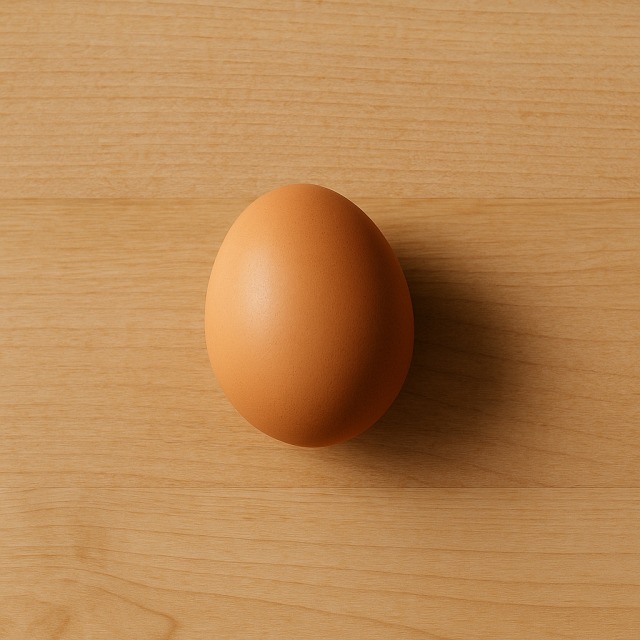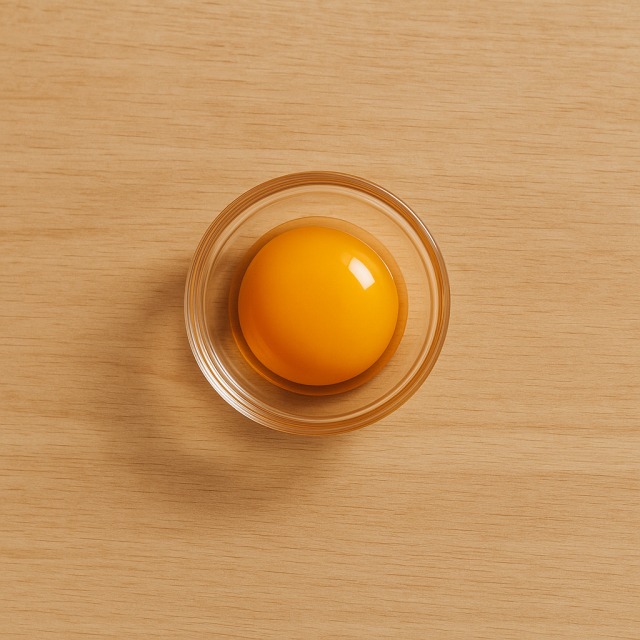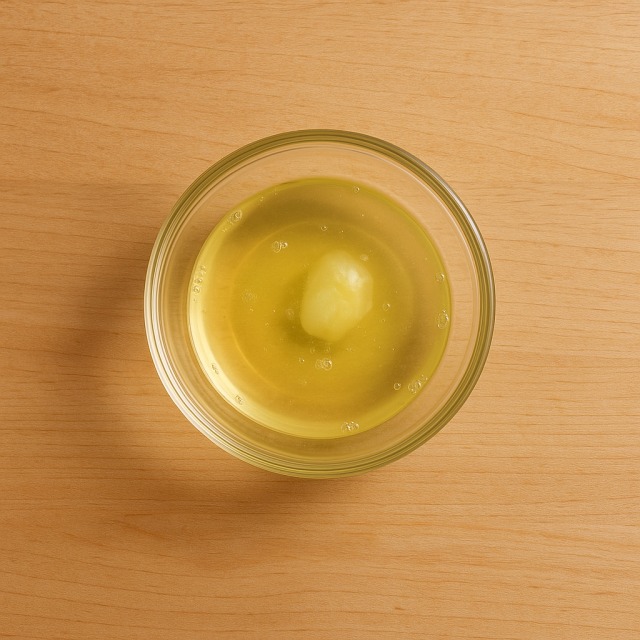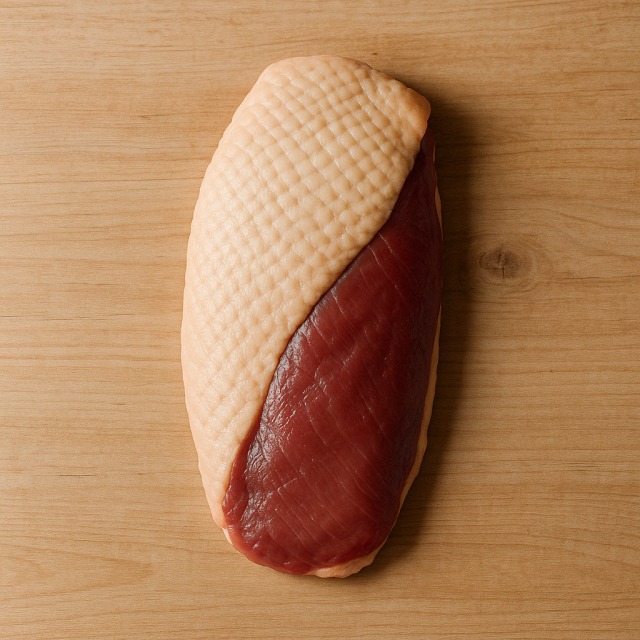Calorie Chart / Meat & Eggs / Egg - Quail
How Many Calories Are in Quail egg?
Calculation of the nutritional value & Recommended Dietary Intake of quail egg
For g and a calorie requirement of kcal
| Calories 16 kcal | Proteins 1.3 g | Lipids 1.2 g | Carbohydrates 0 g |
| 1% | 2% | 2% | 0% |
Health benefits of quail egg
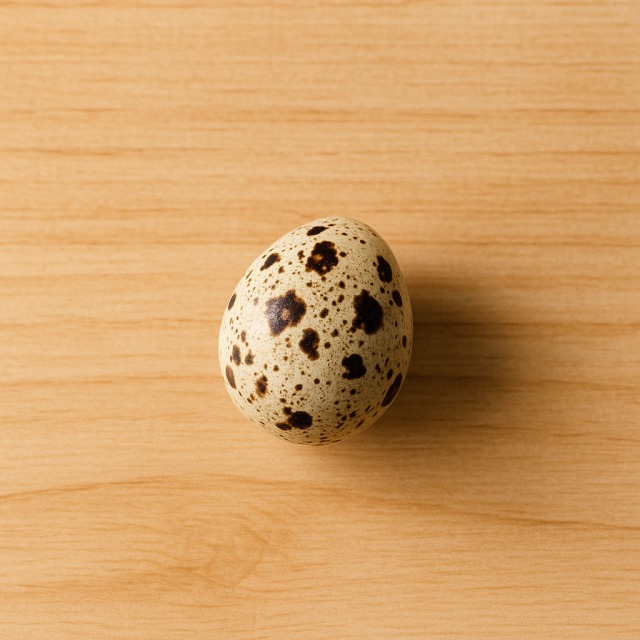
Quail egg - 100g
Calories 160 kcal
Proteins 13 g
Lipids 12 g
Carbohydrates 0 g
Because it supplies a moderate amount of calories, the quail egg is valued for delivering high biological-value proteins and essential lipids without an excessive calorie burden. These calories are accompanied by generous quantities of vitamin B12, riboflavin (B2), and choline, three nutrients involved respectively in red-blood-cell formation, energy metabolism, and brain development.
Beyond calories, the egg is naturally rich in iron and selenium, two minerals that support immunity and antioxidant defense. A smaller size than a standard egg makes portion control easy: gourmets can add flavor and nutrients while still watching calories. In traditional Asian medicine, the quail egg is even attributed supposed anti-allergic effects, although these benefits remain scientifically debated; remember that the main proven asset is its nutrient density per calorie.
Culinary history notes that French chefs popularized quail egg canapés in the 19th century; the petite shell allowed elegant presentation and helped diners moderate calories at sophisticated banquets. Thanks to this balance between micronutrients and calories, the food suits both athletes looking for compact protein sources and people who track calories for weight management.
Tips for incorporating quail egg into a balanced diet
To keep calories in check while enjoying quail eggs, try serving them soft-boiled on asparagus tips: pair two peeled eggs with steamed asparagus and a squeeze of lemon for a brunch delivering flavor, fiber, and reasonable calories. For a protein-rich appetizer, top half an avocado with a baked quail egg; the good fats from both ingredients create satiety, helping you refrain from extra calories later in the day.
Gourmets can also place a poached quail egg on a slice of smoked salmon over whole-grain toast, adding fresh dill. The lean fish offsets the calories of the egg while enhancing omega-3 intake. In salads, one or two quail eggs mixed with baby spinach, cherry tomatoes, and a light vinaigrette give color, crunch, and controlled calories.
Remember practical tips: limit fried preparations because the added oil drives calories up quickly; prefer boiling, poaching, or dry-searing. Count the eggs—five small quail eggs roughly equal the calories of one classic chicken egg, so adjust recipes accordingly to fit your personal daily calorie target.
Frequently Asked Questions
- How many calories are in a quail egg?
- 160 kcal per 100 g.
- Are quail eggs lower in calories than chicken eggs?
- Gram for gram, quail eggs contain slightly more calories than a standard chicken egg, but the difference is small; their miniature size makes each individual egg lower in calories.
- How many quail eggs make 100 g?
- About 10–12 quail eggs are needed to reach 100 g, so one egg contributes roughly 13–16 kcal to your daily calorie intake.
- Do the calories change when I boil, poach, or fry a quail egg?
- Boiling or poaching keeps calories virtually identical to the raw value, while frying can add 40–50 extra calories if you use a teaspoon of oil.
- Are the calories in quail eggs mainly from fat or from protein?
- The calories are split fairly evenly: a little over half come from fats and a little under half from proteins, with negligible carbohydrates.
- Can quail eggs fit into a low-calorie breakfast?
- Yes. Two soft-boiled quail eggs add about 30 kcal, letting you combine them with fruit or brown rice cakes and stay within a modest breakfast calorie quota.
Similar foods
Information provided by Calorie Menu may contain inaccuracies or errors. It cannot, under any circumstances, substitute medical advice or medication.
